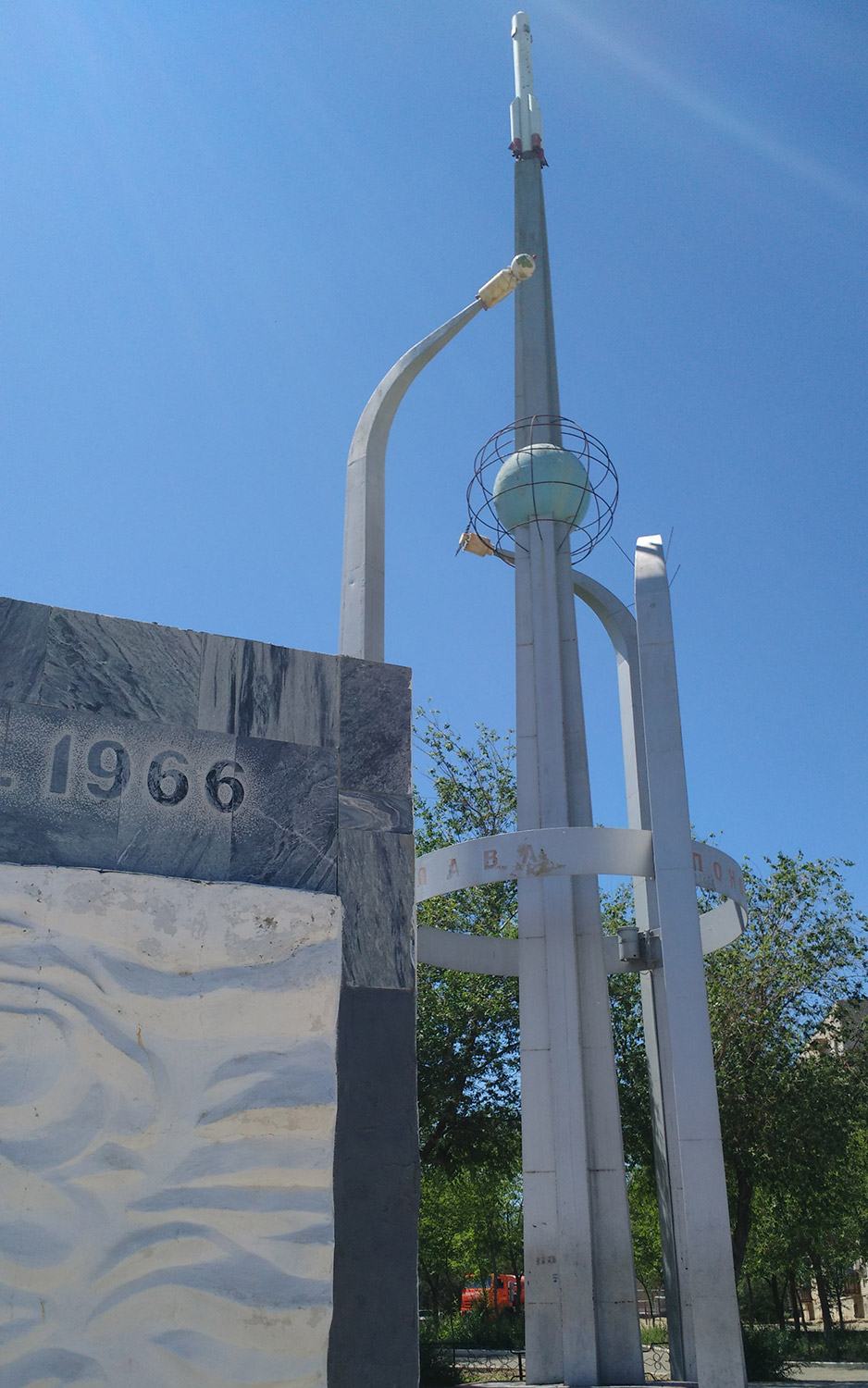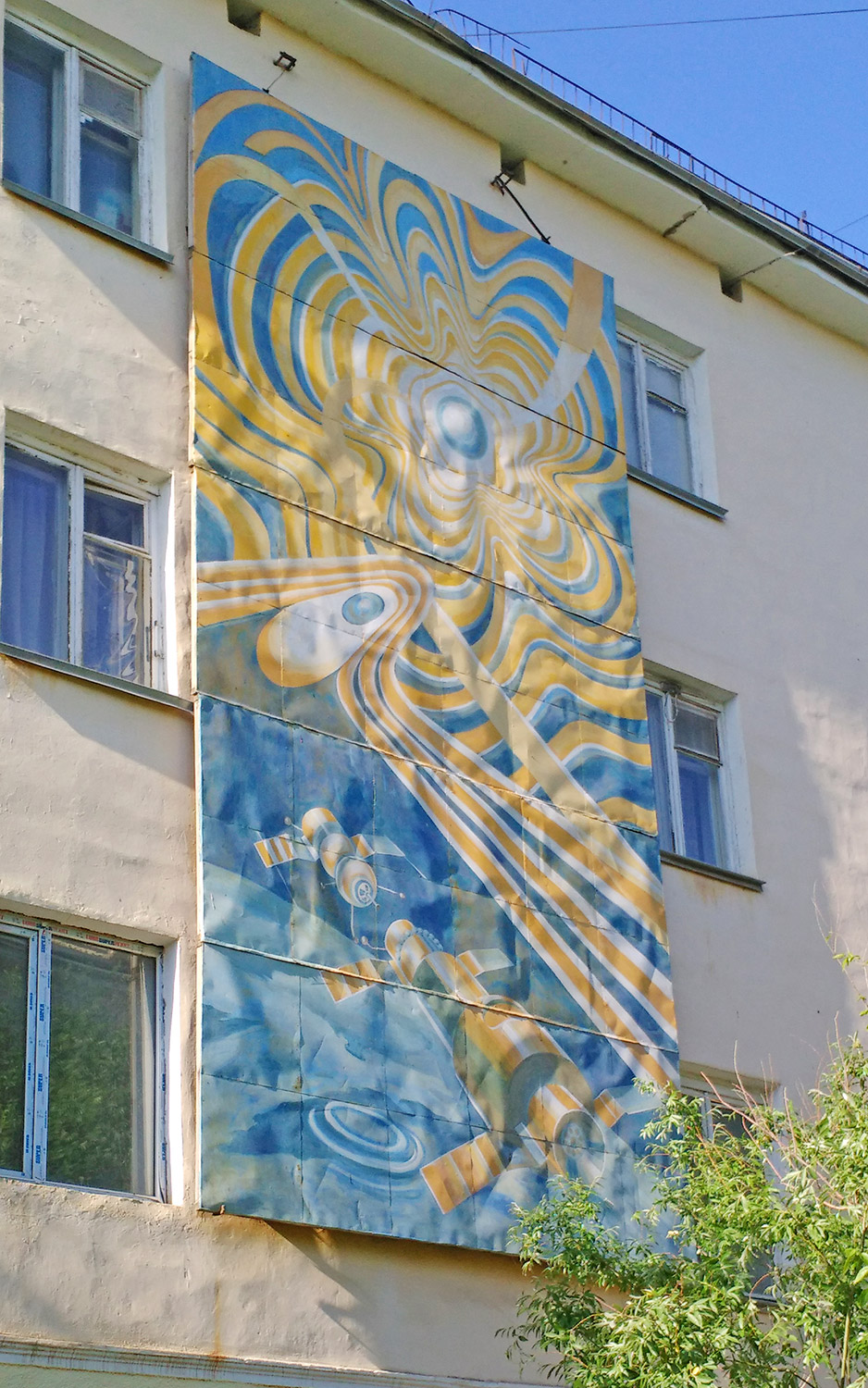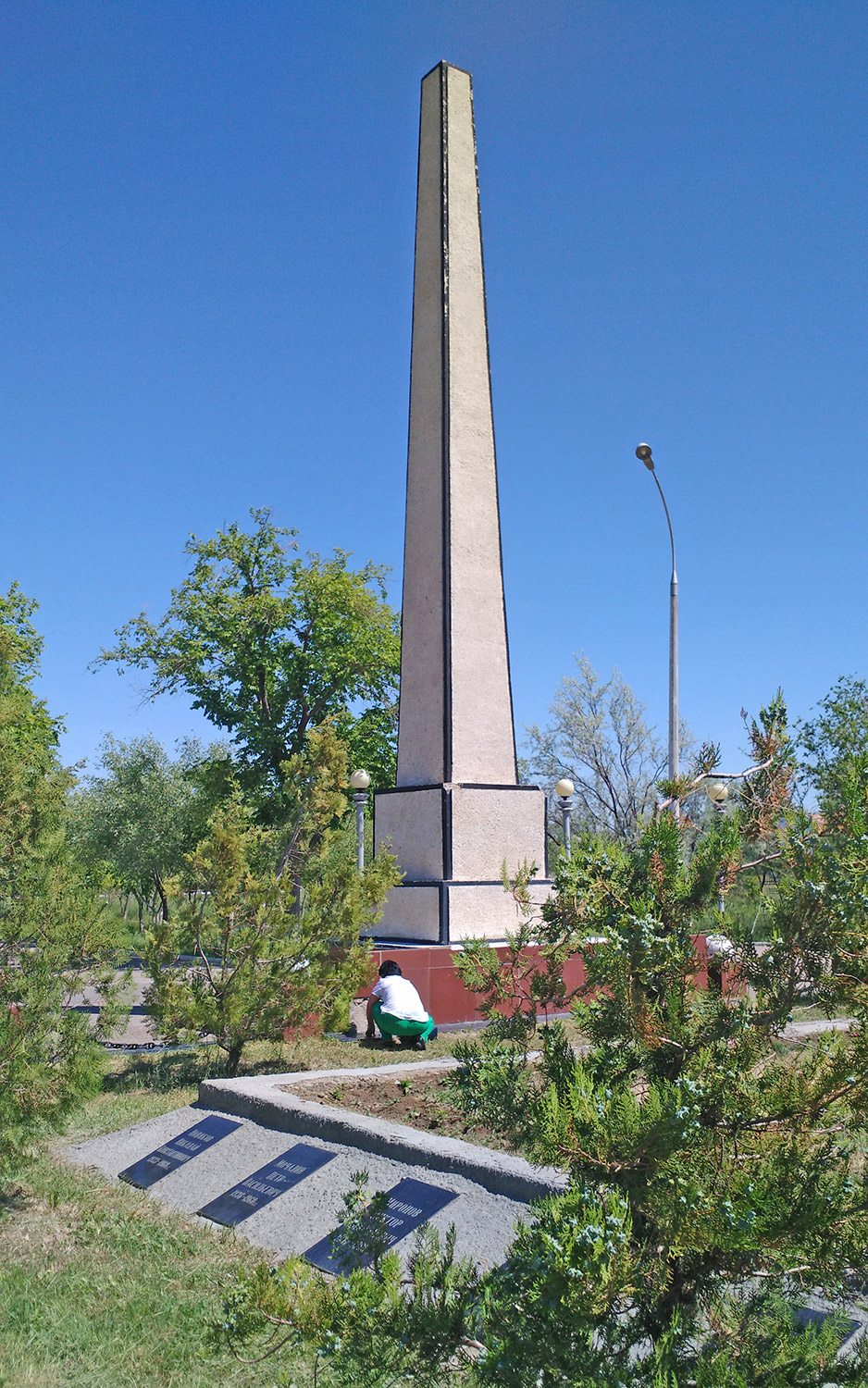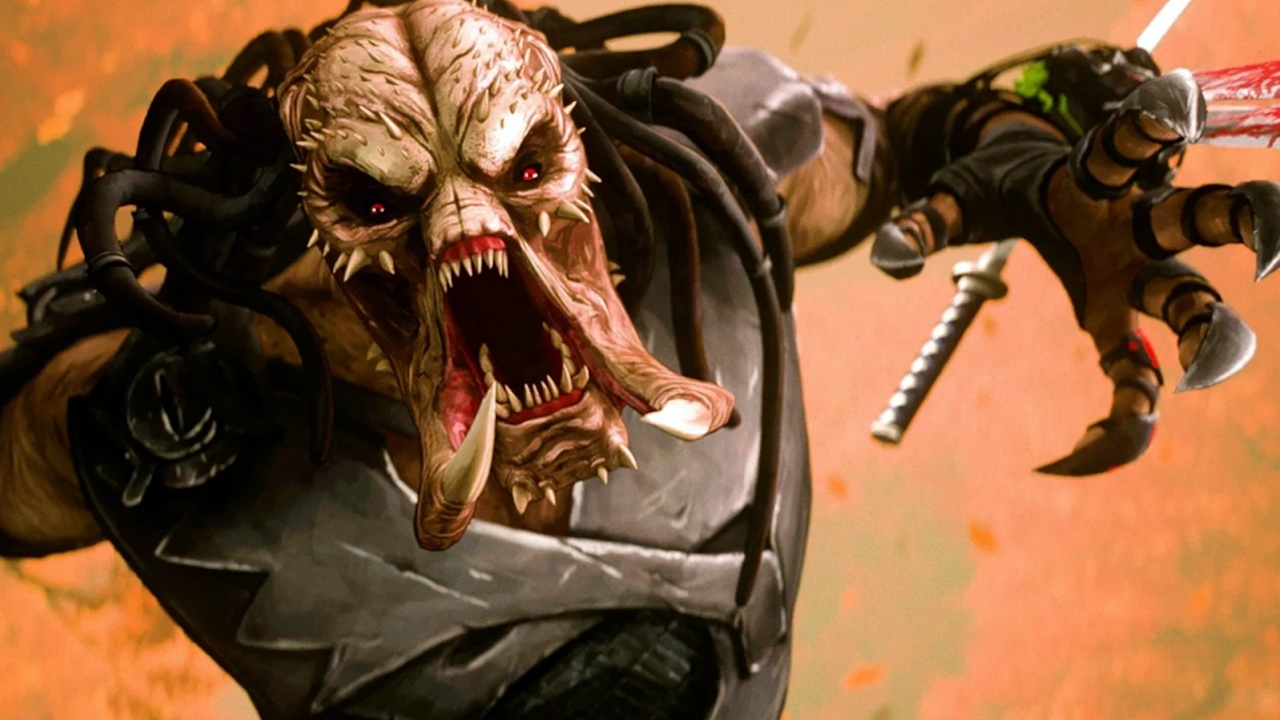Touring Baikonur: The Town Behind the Famed Cosmodrome in Kazakhstan
Introduction

The remote Kazakhstan town of Baikonur is a powerhouse of Russian space history. At the nearby Baikonur Cosmodrome, several notable space missions happened in the 1950s and 1960s —— it sent the first satellite to space in 1957, the first person to space in 1961 and the first woman to space in 1963. Here are some of the major space-related monuments around the town, which local guides say has a population of about 70,000.
FIRST STOP: Baikonur's Fisherman
Baikonur's Fisherman

Near the entrance to the town of Baikonur is a famous monument called "The Fisherman," which is intended to honor both the space and fishing history in the city. (Author Elizabeth Howell is shown here for scale.) The modern town was founded in 1955 at the very beginning of the Space Age, when the Soviet Union (which Baikonur was then a part of) and the United States were competing to put the first satellite in space. Sputnik ended up being the first, launching in October 1957 from Baikonur.
NEXT: Soyuz Models
Soyuz scale model

This model is almost exactly the same size as the actual Soyuz rocket that brings crews to the International Space Station. The real Soyuz rocket of this type is 162 feet (49.5 meters) long and can carry up to 7.6 tons (6,900 kilograms). The model is located about 15 minutes' walk from the central square of Baikonur town, and children often play underneath.
Baikonur Mural
Baikonur Mural

Baikonur has undergone several name changes over the years. The town was originally called Tyuratem, and there was another town called Baikonur which is some 100 km (60 miles) away, according to local guides. The Soviet Union called their spaceport the Baikonur Cosmodrome to mask the true location of where their rockets launched. Tyuratem later was named after the famous Russian space leader Vladmir Lenin; the name "Baikonur" was not given to the town near the spaceport until 1995.
Abstract Space Art
Abstract Space Art

Baikonur's monuments often reflect rockets, planets or other space-type images, although sometimes in the abstract. The town is proud of its space history, and launches remain the major attraction for the few journalists and tourists that venture to the remote area. Some observers are questioning what will happen to the town's economy after the United States shifts most of its launches to commercial crew, which is expected to happen around 2019 or 2020.
Yuri Gagarin Square
Yuri Gagarin Square

Yuri Gagarin was the first person in space, lifting off from the nearby Baikonur Cosmodrome on April 12, 1961. There are several monuments to him around the town of Baikonur, but one of the most prominent is this statue, which overlooks a square full of trees and gardens. While Space.com was visiting, children were climbing some of the small trees.
NEXT: A Closer Look at Yuri
Gagarin Statue from the Front

According to a local guide in Baikonur, the head and the body of the statue of Gagarin were constructed at different times, which is why the head is disproportionate to the body. Gagarin died in 1968, but his remaining impact on the Russian space program is huge. To this day, cosmonauts still follow many of the rituals he did before launch. [Russia's Space Traditions! 14 Things Every Cosmonaut Does for Launch]
NEXT: Central Hotel
Central Hotel

This is one of Baikonur's hotels, where the press corps and tourists stayed. Although the website says it was built in 1990, the feel of the hotel is more like the early 1960s, with simple single beds, window air conditioners and a standardized breakfast of pancakes and whipped eggs. Cosmonauts stay in the more luxurious Cosmonaut Hotel, approximately a five-minute drive away.
Roscosmos Central
Roscosmos Building

The Russian space agency, Roscosmos, has a major building in the central square of Baikonur. Its influence is felt all over the town, with flags at the airport and even a large gift shop full of T-shirts and other mission memorabilia. Roscosmos is also the major employer in Baikonur, with workers commuting up to two hours one-way to the Cosmodrome for a day's work.
Space Murals
Space Murals

Several space murals and space pictures decorate the streets of Baikonur; this mural is on a building not far from the town's central square. The pictures feature Russian space hardware and pieces of space history, such as the Proton and Soyuz rockets and Yuri Gagarin.
Memorial to Fallen Workers
Memorial to Fallen Workers

This is part of a large memorial honoring the workers who lost their lives in industrial accidents as they prepared for space missions. The site's most famous fatality occurred on Oct. 24, 1960, when an explosion happened during preparations for a test flight, killing an estimated 150 people.
Join our Space Forums to keep talking space on the latest missions, night sky and more! And if you have a news tip, correction or comment, let us know at: community@space.com.
Get the Space.com Newsletter
Breaking space news, the latest updates on rocket launches, skywatching events and more!

Elizabeth Howell (she/her), Ph.D., was a staff writer in the spaceflight channel between 2022 and 2024 specializing in Canadian space news. She was contributing writer for Space.com for 10 years from 2012 to 2024. Elizabeth's reporting includes multiple exclusives with the White House, leading world coverage about a lost-and-found space tomato on the International Space Station, witnessing five human spaceflight launches on two continents, flying parabolic, working inside a spacesuit, and participating in a simulated Mars mission. Her latest book, "Why Am I Taller?" (ECW Press, 2022) is co-written with astronaut Dave Williams.
